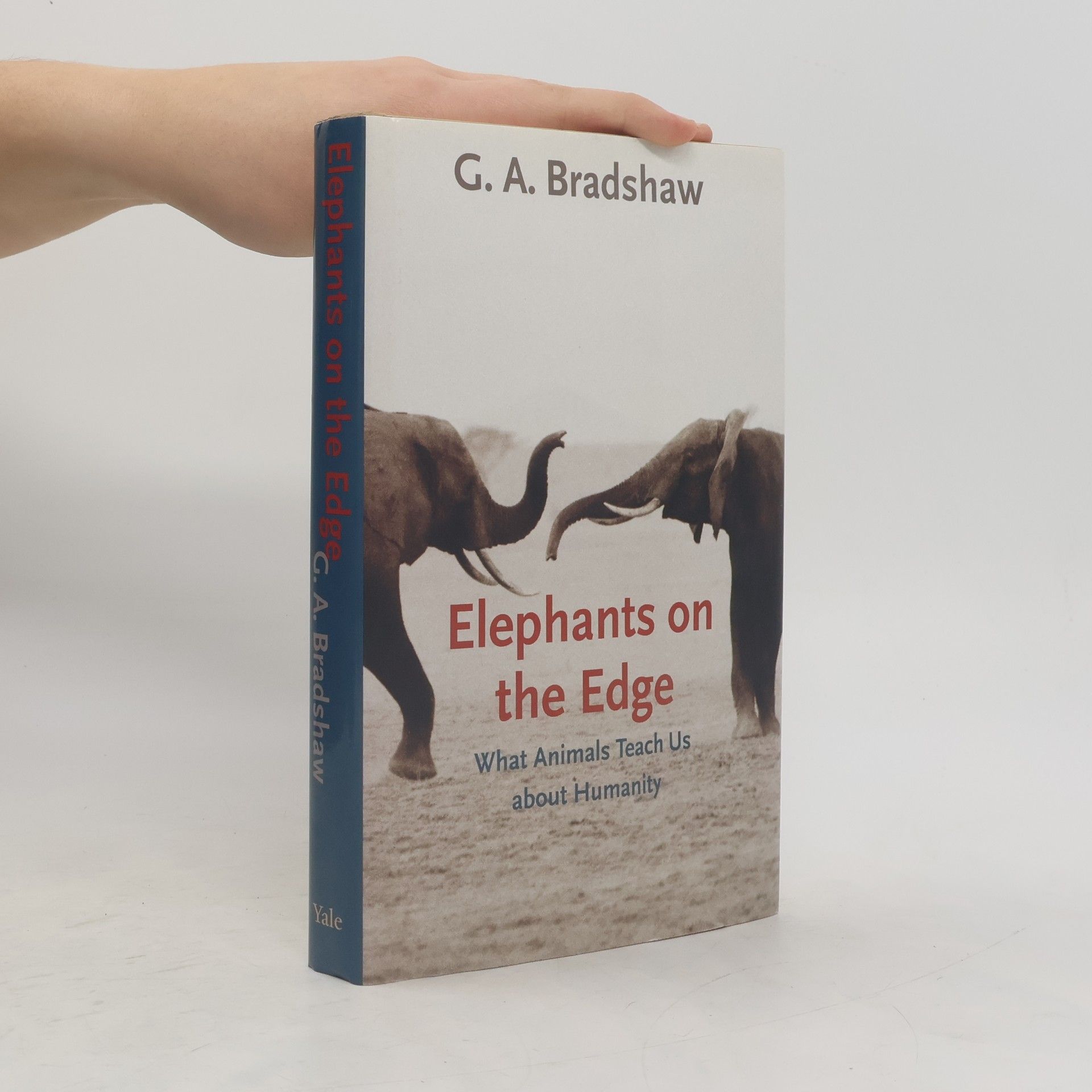Drawing on accounts from India to Africa and California to Tennessee, and on research in neuroscience, psychology, and animal behavior, G. A. Bradshaw explores the minds, emotions, and lives of elephants. Wars, starvation, mass culls, poaching, and habitat loss have reduced elephant numbers from more than ten million to a few hundred thousand, leaving orphans bereft of the elders who would normally mentor them.As a consequence, traumatized elephants have become aggressive against people, other animals, and even one another; their behavior is comparable to that of humans who have experienced genocide, other types of violence, and social collapse. By exploring the elephant mind and experience in the wild and in captivity, Bradshaw bears witness to the breakdown of ancient elephant cultures.All is not lost. People are working to save elephants by rescuing orphaned infants and rehabilitating adult zoo and circus elephants, using the same principles psychologists apply in treating humans who have survived trauma. Bradshaw urges us to support these and other models of elephant recovery and to solve pressing social and environmental crises affecting all animals, human or not.
Gay A. Bradshaw Livres


Das Buch beleuchtet, wie das Folgen der natürlichen Wege zu Wohlbefinden und Widerstandsfähigkeit führt. Es verknüpft wissenschaftliche Erkenntnisse mit den Erfahrungen von Tieren und zeigt, wie Gemeinschaften gebildet und Kinder betreut werden. Es bietet einen Leitfaden, um die Menschheit wieder in Einklang mit der Natur zu bringen.